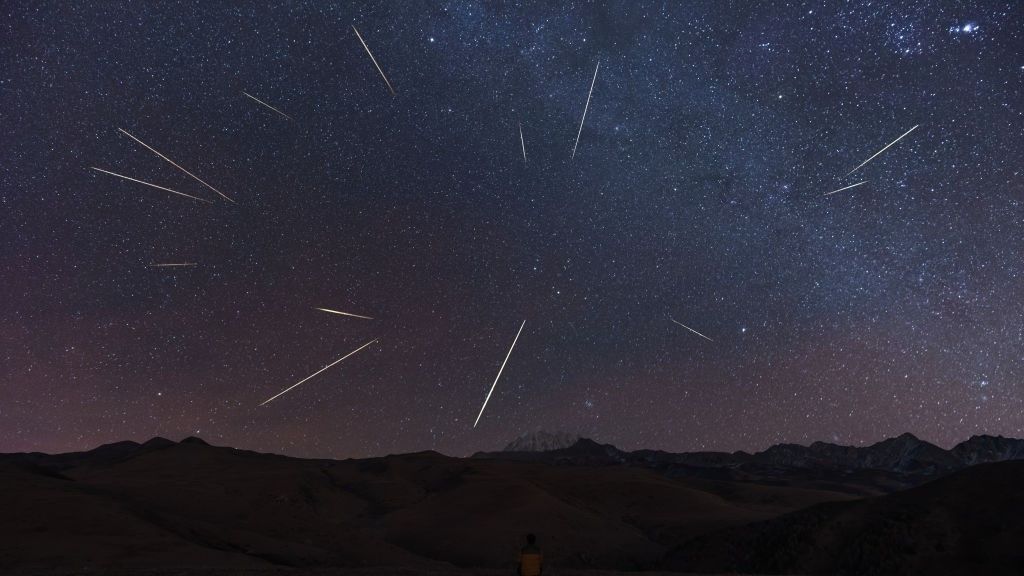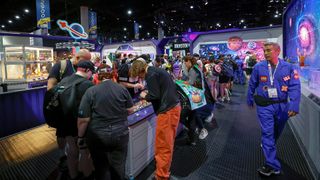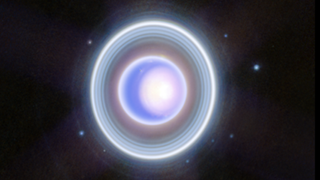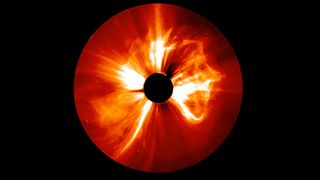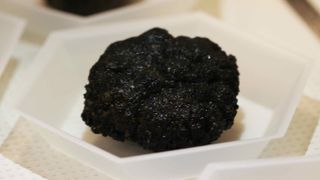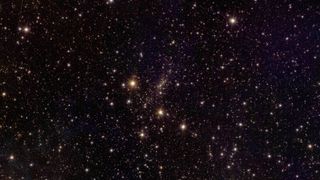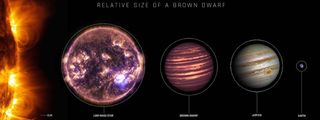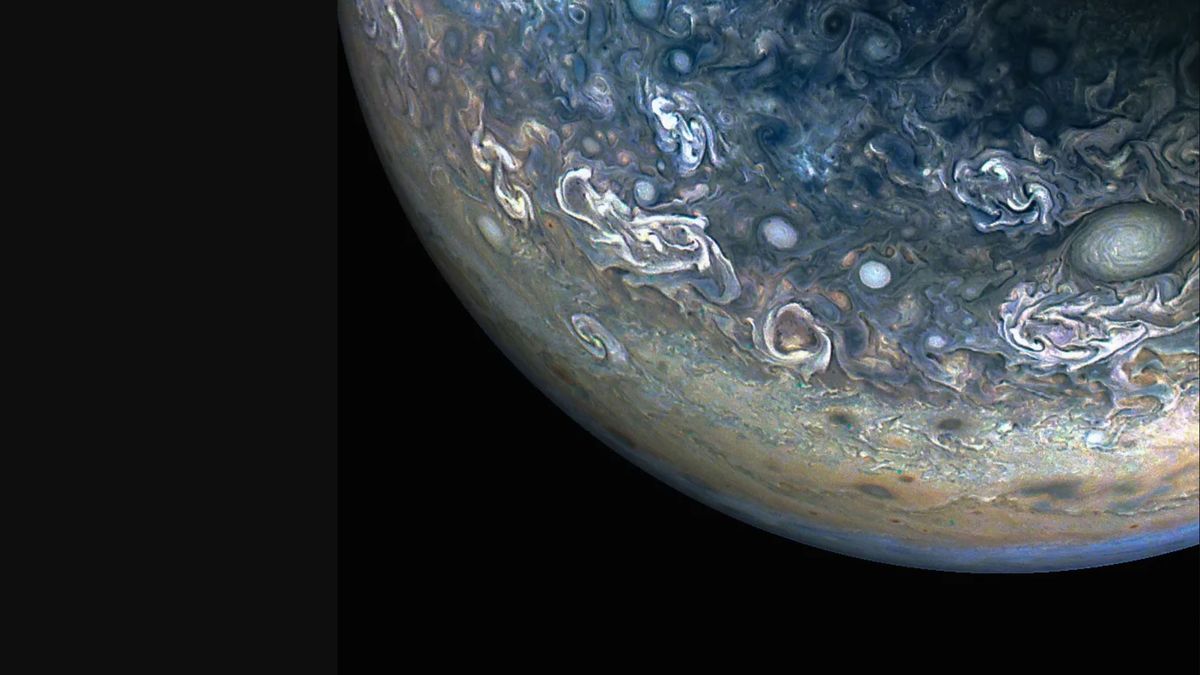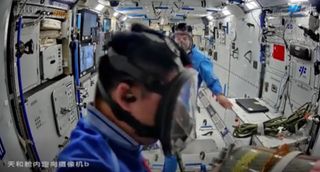Stargazers will soon be able to witness a “double” meteor shower as both the Alpha Capricornids and the Southern Delta Aquariids peak next week. The twin-skywatching event is “just an amazing coincidence,” Nicholas Moskovitz, a planetary astronomer at Lowell Observatory in Arizona, told Live Science. Meteor showers occur when Earth’s orbit intersects a comet’s path. The rocky debris left behind by the comet burns up as it enters Earth’s atmosphere. During the double meteor showers this month, Earth will cross the orbits of comet 96P/Machholz — which causes the Southern…
Read MoreCategory: The Moon
Our moon
Lego sets up ‘space station’ at San Diego Comic-Con, offers mission crew patch
Lego is recruiting new members for its “mission crew,” issuing rocket builders with an exclusive mission patch at this year’s San Diego Comic-Con (SDCC). The toy company has launched “Space Station 8R1CK5,” a sprawling booth that highlights many of its recent space-themed building sets within a setting that was inspired by both sci-fi and real-life orbiting outposts. Show-goers will find photo opportunities, panels and show-only opportunities inside Space Station 8R1CK5 (booth 2829), which is open through the convention’s close on Sunday (July 29). “Space is an endless playground for imagination…
Read MoreA moon of Uranus could have a hidden ocean, James Webb Space Telescope finds
Using the James Webb Space Telescope (JWST), astronomers discovered that Ariel, a moon of Uranus, could be hiding in a buried liquid water ocean. The discovery could supply an answer to a mystery surrounding this Uranian moon that has perplexed scientists: the fact Ariel’s surface is covered with a significant amount of carbon dioxide ice. This is puzzling because at the distance Uranus and its moons exist from the sun, 20 times further out from the sun than Earth, carbon dioxide turns to gas and is lost to space. This…
Read MoreSun blasts out most powerful flare of current solar cycle, sends massive coronal mass ejection into space (video)
On Tuesday (July 23), Europe’s Solar Orbiter (SolO) spacecraft witnessed an extremely powerful X14 class solar flare erupt from the far side of the sun. Although it was not the most powerful flare ever recorded, which was estimated at roughly a X45 back in 2003, solar flares of this magnitude can result in longer-lived radiation storms and even world-wide blackouts if they are directed at Earth. The X-class are the leaders on the classification scale, and blast out energy 10 times more powerful than M class flares, which is second…
Read More‘Wonderlab’ host Emily Calandrelli will fly to suborbital space with Blue Origin
The Space Gal is headed to the final frontier, as part of Space for Humanity’s Citizen Astronaut Program. Emily Calandrelli, known for her Emmy-nominated Netflix science series “Emily’s Wonder Lab,” was selected to launch to suborbital space as a citizen astronaut ambassador with Blue Origin, though the launch date has not yet been set. “I’m incredibly grateful for the opportunity to fly with Blue Origin,” Calandrelli, a West Virginia native, said in a statement from Space for Humanity. “I look forward to representing my home state in this way and…
Read MoreDiscovery of ‘dark oxygen’ from deep-sea metal lumps could trigger rethink of origins of life
Potato-size metallic nodules strewn across the Pacific Ocean seafloor produce oxygen in complete darkness and without any help from living organisms, new research reveals. The discovery of this deep-sea oxygen, dubbed “dark oxygen,” is the first time scientists have ever observed oxygen being generated without the involvement of organisms and challenges what we know about the emergence of life on Earth, researchers say. “When we first got this data, we thought the sensors were faulty, because every study ever done in the deep sea has only seen oxygen being consumed…
Read MoreX-rays reveal secret gas in huge and distant galaxy cluster
By combining a new image of a giant galaxy cluster with older X-ray data, scientists at the European Space Agency (ESA) have demonstrated how the cluster’s galaxies are suffused by huge amounts of gas that can reach scorching temperatures up to 100 million degrees Celsius (180 million degrees Fahrenheit). The galaxy cluster, Abell 2390, was imaged recently by ESA’s Euclid mission, designed to study dark matter and dark energy by probing gravitational lensing occurrences in galaxy clusters. Because these clusters contain so much mass — up to ten trillion solar…
Read MoreRunaway ‘failed star’ races through the cosmos at 1.2 million mph
A newly discovered rogue stellar body may well be a “failed star,” but it certainly isn’t a failure when it comes to velocity! The potential brown dwarf is racing through our Milky Way galaxy at 1.2 million mph (1.9 million kph). That’s about 1,500 times faster than the speed of sound! Thankfully, this cosmic runaway is heading toward the center of the Milky Way and not toward us. However, the object is traveling so fast that it could eventually escape our galaxy entirely. The incredible speed of this newly uncovered…
Read MoreJupiter’s surreal clouds swirl in new van Gogh-esque view from NASA’s Juno probe (photo)
Vivid clouds swirl across Jupiter’s skies like colorful brushstrokes across a painting in a new photo from NASA‘s Juno spacecraft. The image, taken during the spacecraft’s 61st close flyby of Jupiter on May 12, 2024, hones in on activity in the planet’s northern hemisphere. Juno was approximately 18,000 miles (29,000 kilometers) above Jupiter’s cloud tops when it captured this new view, highlighting the planet’s persistent storms and colorful bands created by strong winds in its atmosphere. “It provides a detailed view of chaotic clouds and cyclonic storms in an area…
Read MoreChinese astronauts simulate a debris-strike emergency on the Tiangong space station (video)
China’s Shenzhou 18 mission staged an emergency drill recently to boost preparedness aboard the country’s space station. Shenzhou 18 commander Ye Guangfu and crewmates Li Cong and Li Guangsu conducted the drill in mid-July to practice procedures for the case of a decompression event aboard the Tiangong space station. The crew worked in collaboration with the ground team in Beijing, simulating the whole process of emergency response to a simulated scenario of space debris striking Tiangong and causing decompression. The astronauts of China’s Shenzhou 18 mission simulate a debris-strike emergency…
Read More